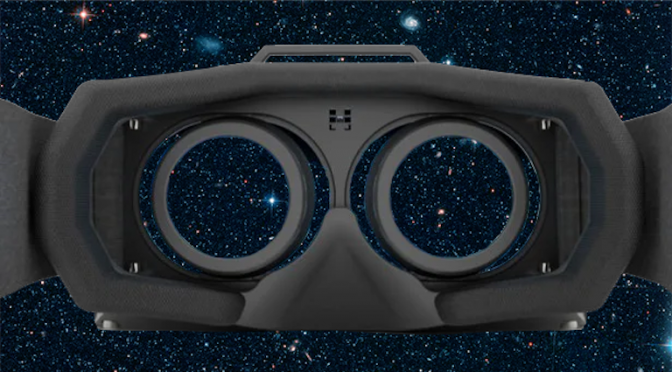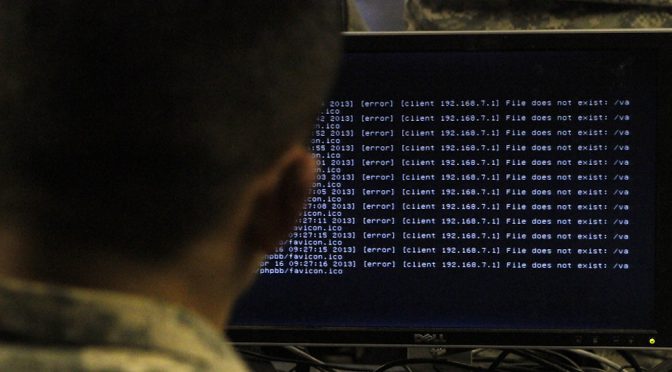In an era when cyberattacks are becoming ever more prevalent, there is a growing demand for private companies to “hackback” to deter and defend against attacks. But federal law precludes them from doing so. Sam Parker addresses the risks and benefits of allowing companies to respond to cyber-threats by going on the offensive and analyzes… Continue reading Shot in the Dark: Can Private Sector “Hackbacks” Work?
Category: Emerging Technology
A Multiverse of Metaverses
By Sadev Parikh Eric Ravenscraft’s Wired article shows us the difficulty of defining the “metaverse,” which may be better understood through the lens of Wittgenstein’s idea of family resemblances than through any attempt at clear-cut definition. Metaverse can be seen as a concept made up of family resemblances that include elements of virtual reality, augmented… Continue reading A Multiverse of Metaverses
Outsourcing the Cyber Kill Chain: Reinforcing the Cyber Mission Force and Allowing Increased Contractor Support of Cyber Operations
The United States is under a growing and constant threat of cyberattack. US cybersecurity strategy has evolved in response, adapting to the new threat climate by committing US Cyber Command to more aggressive and persistent peacetime cyber operations. However, the Department of Defense Cyber Mission Force (CMF) has been stretched thin attempting to carry out… Continue reading Outsourcing the Cyber Kill Chain: Reinforcing the Cyber Mission Force and Allowing Increased Contractor Support of Cyber Operations



